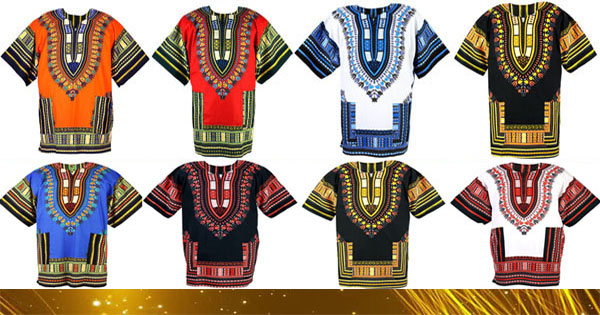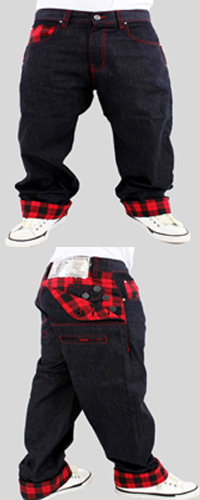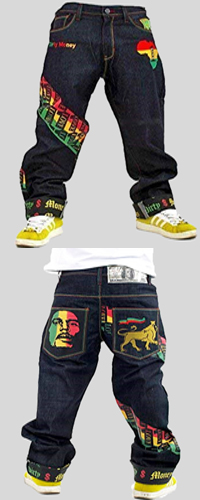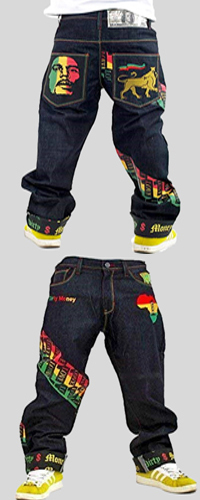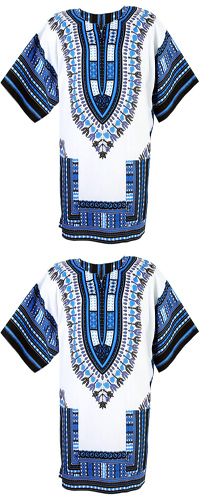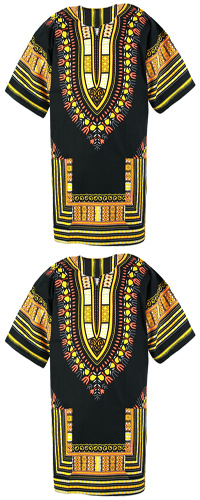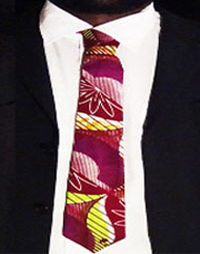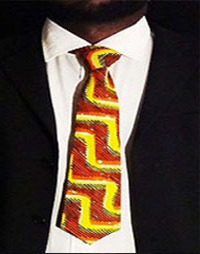8 unforgettable Afro-Brazilian footballers
Brazil is the land of football and great champions. It is the only country that has participated in all the world championships. Thanks to these renowned players, they have won the World Cup five times (1958, 1962, 1970, 1994 and 2002).
Initially, football was reserved for a certain elite
In 1894, the Brazilian Charles Miller, returned to Brazil and introduced Football. At first, football was reserved for a certain elite. That is to say, football was a sport played by people of the highest class. It was a so-called “noble” sport, such as golf, tennis or sailing. Fortunately, for Brazil, everything will change.
Meanwhile, in the favelas, on the streets, young people from lower-income neighborhoods have fun and play football in amateur matches nicknamed “Pelada. Inspired by capoeira gestures or traditional dances from Africa, they develop remarkable skill and play technique. Discriminated, excluded from society, the blacks of Brazil play football for fun and this allows them to escape from the sad realities of their countries. They do not imagine for a second that football will become an instrument of emancipation for many Afro-Brazilians.
Improvisation, dribbling, ball control, great technicality and incredible speed, the Afro-Brazilians, while having fun in the streets, become unparalleled football champions. In 1923, a team made up of Afro-Brazilians “Vasco da Gama’s club” brilliantly won the Rio de Janeiro Cup. The public is under the spell and we are gradually starting to appeal to Afro-Brazilian players.
Players like Pelé, Didi, Romario, Ronaldo, Ronaldinho and many others will make the heyday and the greatest joys of the Brazilian people.
The origins of Afro-Brazilians
Brazil, like the rest of Latin America, has experienced a considerable wave of slaves. Thousands of African slaves have been deported to work in the sugar cane fields and in the mines.
They develop a traditional art of capoeira inspired by ancestral dances and fighting techniques from the Kongo Kingdom (Angola, Democratic Republic of the Congo, Congo-Brazzaville and Gabon). This fighting art of warriors was called “NGO-LO” (in French, the strength of the panther, this being the historical totem of the KONGO people), according to the Society of Historians of Congo-Brazzaville.
The Africans sent to Brazil belonged to large groups:
_The Bantu: originally from Angola, Congo, Mozambique, who are sent mainly to Rio de Janeiro, Minas Gerais and to the forests of the Northeast.
_West African groups (formerly known as Sudanese): Sudanese, natives of the Ivory Coast who were sent to the city of Bahia.
_The ethnic groups of Nigeria, Ghana, Benin: there are the Yorubas, Fon, Ashanti, Ewe
Other Africans from these countries have been sent to Cape Verde and Sao Tome, following the country’s commercial opportunities.
The condition of blacks in Brazil
Black people suffer a lot of discrimination in Brazil. They earn less than white Brazilians and are often discriminated against. Black footballers are no exception; they are often the victims of racist acts and words in their regard. The death rate of young black women is considerable. Over 70% of recorded homicides often involve black people. In particular, black males. Young blacks are much more stigmatized and arrested by the police, and great racial inequalities reside between blacks and whites.
An important difference between African Americans and African Brazilians.
Filmmaker Spike Lee, visiting Brazil, was surprised and disappointed to see that blacks were underrepresented in Brazilian media and magazines, when more than 50-60% of the Brazilian population was black.
Spike Lee says:
“My ancestors were released in 1865 and, in Brazil, slavery was abolished in 1888. This is a little difference, but if we compare the evolution of African-Americans and that of Afro-Brazilians, we are 20 years old. advanced. “
Thanks to stars like Pelé, Romario, musicians like Caetano Veloso, Gilberto Gil, the image of black people is changing more and more in Brazil.
Exceptional black footballers have, for the most part, helped to change negative attitudes towards blacks in Brazil. Cooperation between Africa, the Caribbean and Brazil is developing more and more. Hopefully, the origins research movement, thanks to DNA tests, as among African Americans, is developing considerably in Brazil.
A person, who does not know exactly where he comes from, does not build himself properly. Homecoming and reparations from slavery may help many black Brazilians to know that they are not alone and abandoned..
|
|
Exceptional Afro-Brazilian footballers

1. Pelé
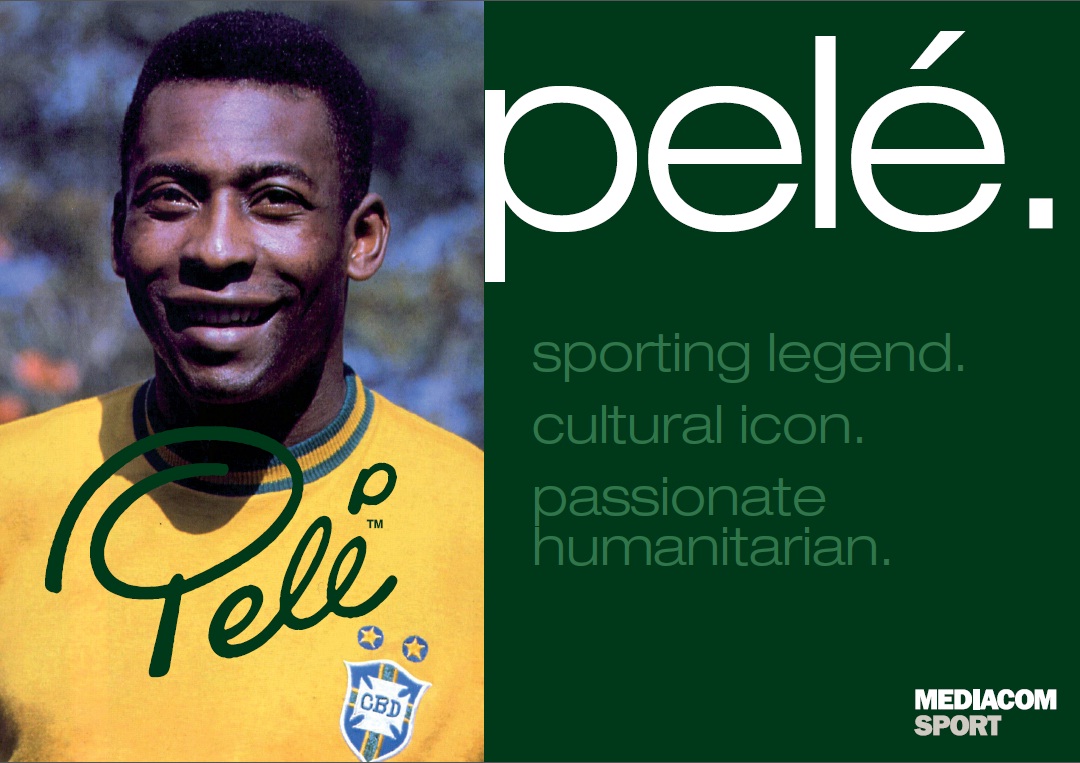
- Name: Edson Arantes do Nascimento
Born: October 23, 1940, in Três Corações, Minas Gerais, Brazil
1957 – 1971 (92 caps, 77 goals, 1,281 goals in 1,363 games)
His position: attacker and playmaker
Brazilian and world football ambassador
Ambassador of the UN and UNESCO
Nicknamed “King Pelé”, he is an exceptional footballer, who has incredible playing technique and abilities. Footballer three times world champion (1958, 1962, 1970, he is the greatest player of all time and his popularity to cross the borders of Brazil.
He grew up in poverty, and worked as a servant in a tea shop. Due to lack of money, he could not afford to buy a suitable ball. He started playing with a sock stuffed with newspaper, tied with a string or grapefruit.
When he was young, Pelé was a fan of the great player Zizinho.
Loved in Brazil and around the world, Pelé touched the hearts of millions of people around the world. Minister of Sports in 1995, he was the first black man in Brazil to hold such a high office. He helped change the image of black people in Brazil.
Pelé explains:
“Yes, I think I have changed the way people look at black people. There were two highlights. At the 1958 World Cup, when the King of Sweden came down to the field. For the first time in history, he was photographed shaking hands with a black man. The second event was when Queen Elizabeth made me “Sir” of the United Kingdom: there again, it was a huge symbol. “. »
Often a victim of racism, he responded to the ignorant with intelligence. Whenever he was insulted on the color of his skin, he scored two goals in each game to take revenge. The stunned opponents came to apologize for his talent. Work, talent silences the ignorant.
Anecdote: Pelé left to play in Zaire in 1969 with Santos. During their match, the reigning civil war ended.
2. Ronaldo
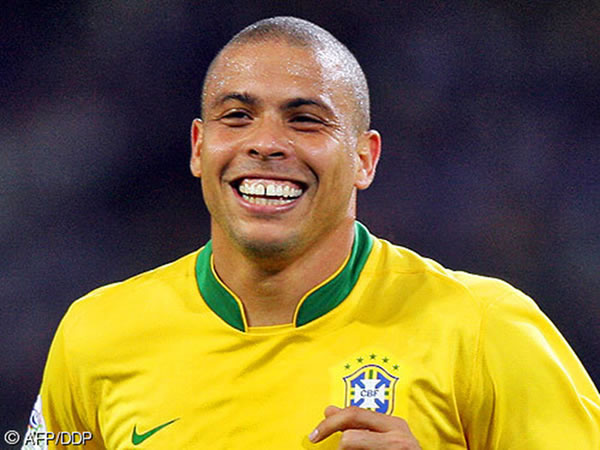
- Name: Ronaldo Luis Nazário de Lima
Born: September 18, 1976, Bento Ribeiro, Brazil
His position: attacker
1994 – 2011 (98 selections, 62 goals, Ballon d ‘Or 1997 and 2002)
Ronaldo has marked the history of Brazilian football. It is a real “phenomenon” all by itself. He is one of the greatest attackers of the past few decades.
Ronaldo grew up in the poorest neighborhoods of Brazil and was quickly identified as an exceptionally talented player.
With an incredible technical game (good of both feet, head, great speed, great athleticism, balance, rhythm, strength of the shot), he is and will forever remain a footballer of great renown in his country and the international.
3. Ronaldinho
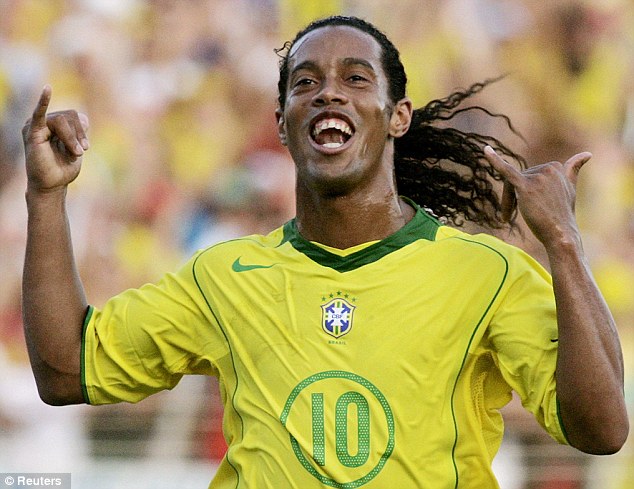
- Name: Ronaldo de Assis Moreira
Born: March 21, 1980, Porto Alegre, Brazil
His position: attacking midfielder / attacker
1999 – (101 caps, 36 goals, Ballon d’Or 2005)
Passing of legs, heels, bicycle, free kicks, juggles, sombrero kick, Ronaldinho has an incredible and rare technical playing ability at the same time. This footballer revolutionized the world of football thanks to his technique and his speed of movement. He’s good in almost every position (on the wing, in the middle of the attack)
Inveterate partygoer with a unique look, Ronaldinho forever marks football with his great talent.
4. Romario
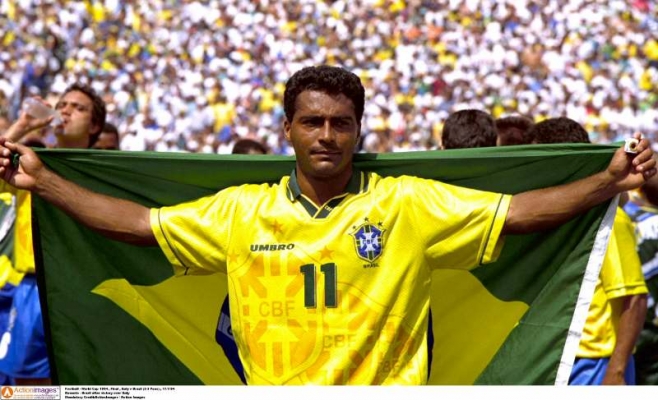
- Name: Romário de Souza Faria
Born: January 29, 1966, Rio de Janeiro, State of Rio de Janeiro, Brazil
1987 – 2005 (70 caps 55 goals)
His position: attacker
Romario started playing in the streets of the favelas and became a remarkable player. Born in poverty and misery, Romario is a fighter in life, as in the stadiums.
With a surprising technique (fast, unpredictable), he has scored more than 1,000 goals in his career and remains an internationally recognized star.
A retired footballer, he has become a politician and fights aggressively against corruption in Brazil. Committed, he does not forget the favelas and where he comes from.
5. Garrincha
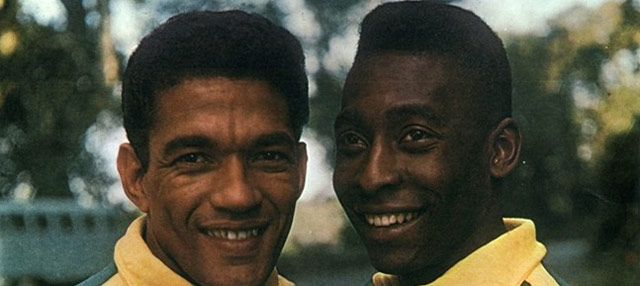
- Name: Manoel Francisco dos Santos, known as Mané Garrincha or simply Garrincha,
Born: October 28, 1933, Pau Grande, State of Rio de Janeiro, Brazil (died January 20, 1983)
1955 – 1966 (50 caps, 12 goals, double winners of the 1958 and 1962 World Cup)
His position: right winger
Garrincha and Pelé are among the legends of Brazilian football. Although he is a little less known than Pelé, he is an excellent player and an exceptional dribbler.
Despite several birth defects:
- straight leg bent outward.
his left leg was six cm shorter than his right and bent inward.
deformed spine
Garrincha shows everyone that with determination, hard work and perseverance, everyone can succeed and achieve their dreams. Nicknamed “Alegria do Povo”, the joy of the people or “The crooked legged angel”, Garrincha conquered millions of Brazilians.
6. Jairzinho
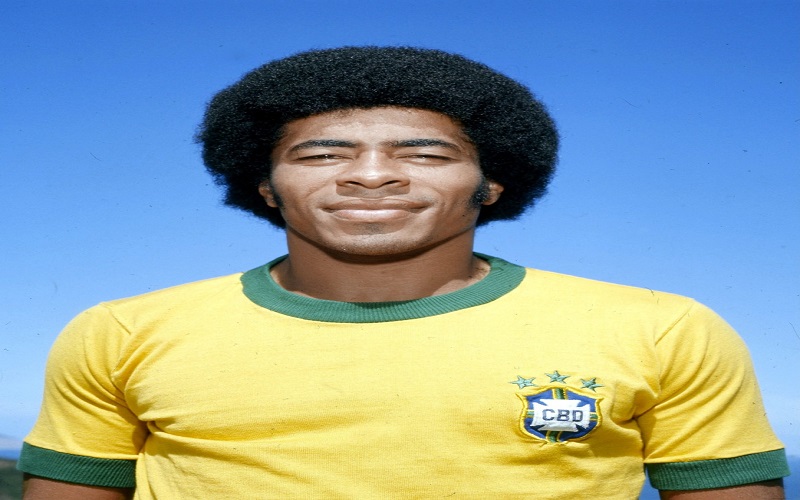
- Name: Jair Ventura Filho, better known as Jairzinho
Born: December 25, 1944 (70 years old), Rio de Janeiro, State of Rio de Janeiro, Brazil
His position: attacker
1963 – 1982 (81 caps, 33 goals, World Cup winner in 1970)
Jairzinho is a Brazilian player who made his mark on Brazilian football with his power, speed, kick and a formidable attack. He lived in the poor and dilapidated neighborhoods of Rio de Janeiro.
Nicknamed “The Hurricane”, he played alongside Pelé and became coach of a small club in Rio de Janeiro. Also, Jairzinho trained the Gabon team in the years 2003 to 2005.
Jairzinho is one of only two players in World Cup history to score in every game of the tournament..
7. Didi
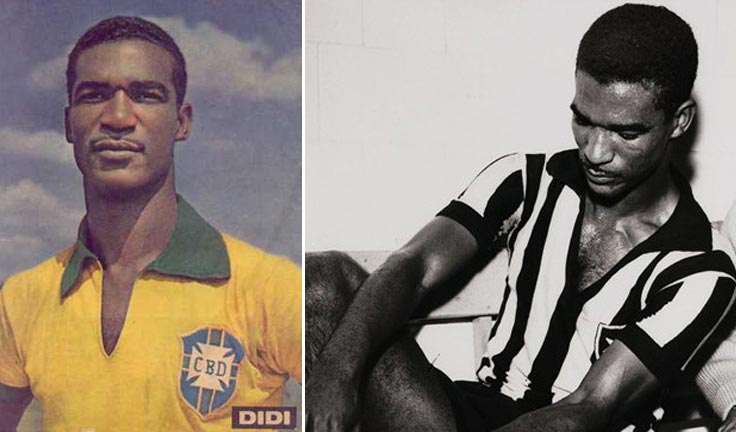
- Name: Valdir Pereira, better known as Didi, is a Brazilian footballer
Born: October 8, 1928, Campos dos Goytacazes, State of Rio de Janeiro, Brazil (died May 12, 2001)
His position: midfielder
1952 – 1962 (68 selections, 20 goals, double winners of the 1958 and 1962 World Cup)
Didi is an outstanding attacking midfielder who has marked the history of Brazilian football. Born into a very poor family in Brazil, he had to fight to survive and help his parents on a daily basis.
Didi tells the press: “As a kid, I had to work as a peanut seller to help my parents. ”
Football was essential for him because it changed his life.
Endowed with great creative capacities and very fast, he is the inventor of the dead leaf technique. The dead leaf is a powerful strike which descends suddenly at the end of the trajectory.
8. Robinho
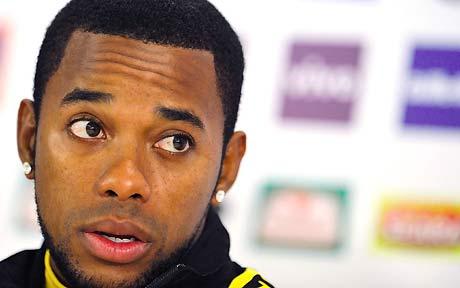
- Name: Romário de Souza Faria
- Born: January 25, 1984, São Vicente, State of São Paulo, Brazil
- His position: attacker
Considered one of Brazil’s best strikers, Robinho has made his mark in history. He is a very technical and artistic player, fast, great dribbler, who won in matches.
Lists of other Afro-Brazilian footballers:
- Ademir da Guia
- Adriano
- Alex Rodrigo Dias da Costa
- Amarildo
- Anderson de Oliveira Rodrigues
- Cafu
- Coutinho
- Denílson
- Dida
- Djalma Santos
- Garcia
- Gilberto Silva
- Grafite
- Jair de Rosa
- Jise Mauricio Nunes
- Júlio Baptista
- Juan
- Kleber
- Leônidas da Silva
- Luis Oliveira
- Mineiro
- Richarlyson
- Rivaldo
- Vágner Love
- Vavá
- Zé Roberto
- Zizinho
Qu’en pensez-vous ?










